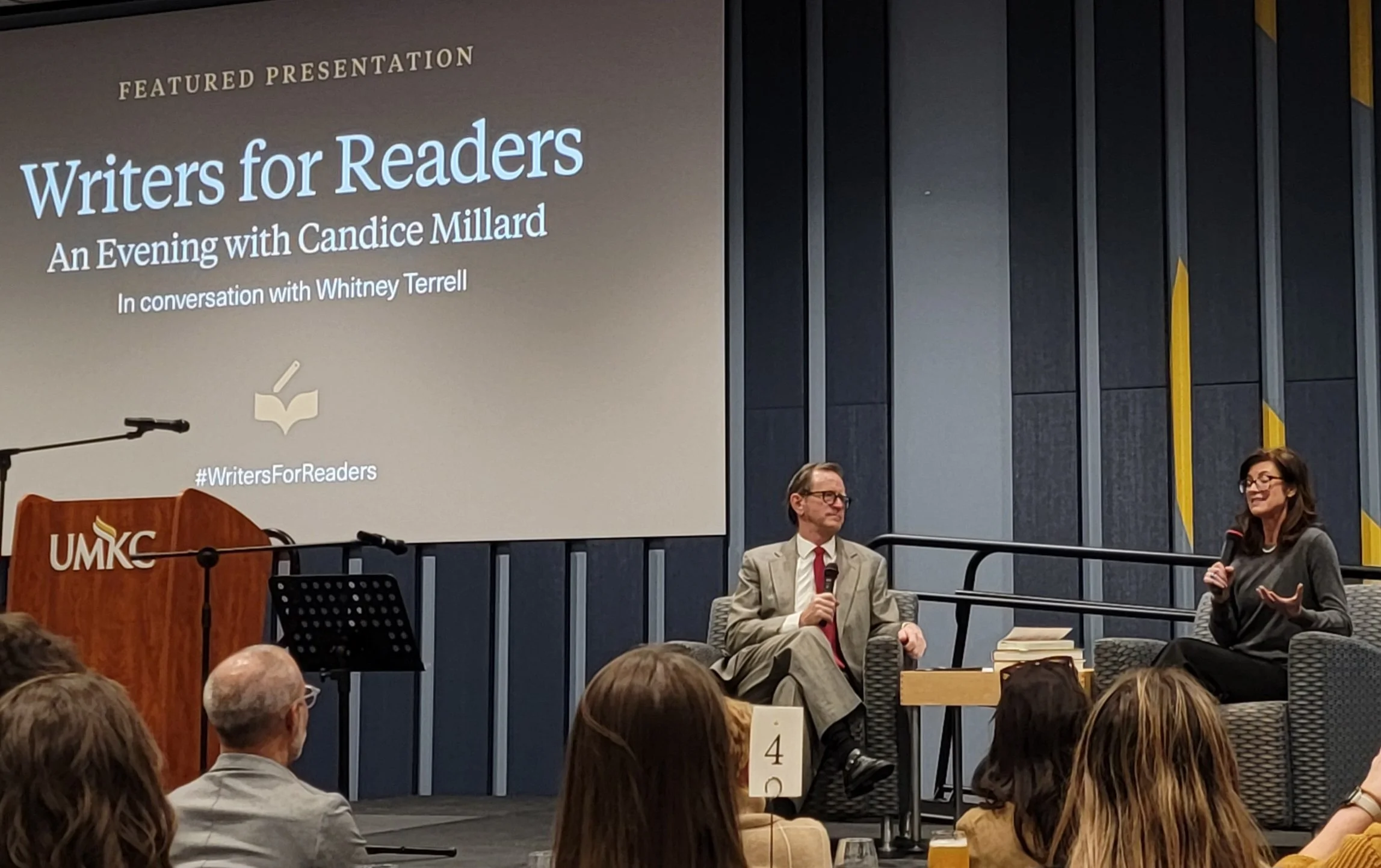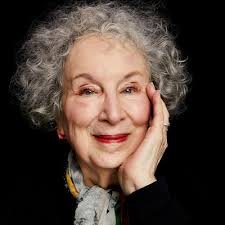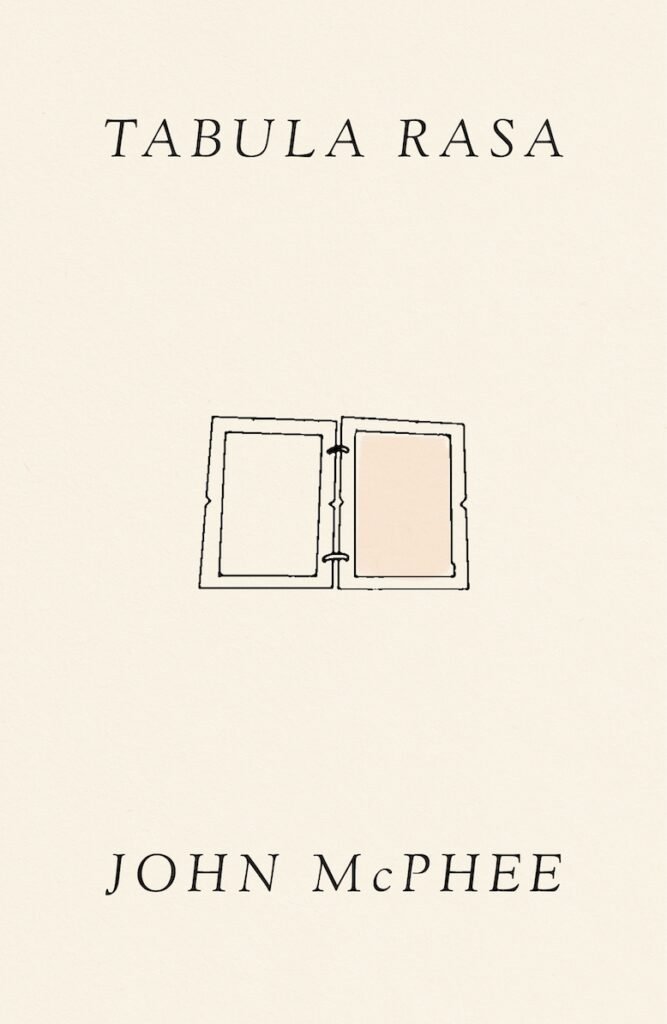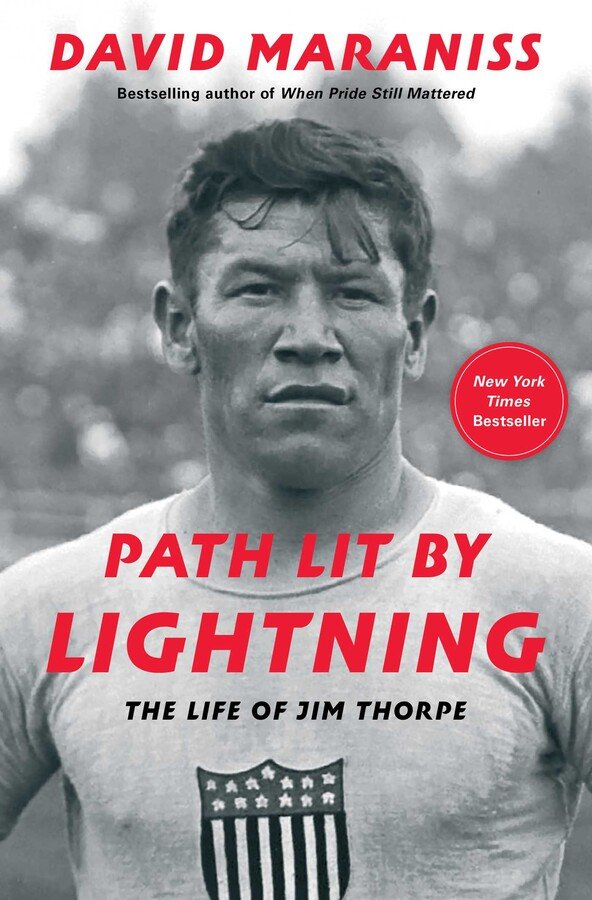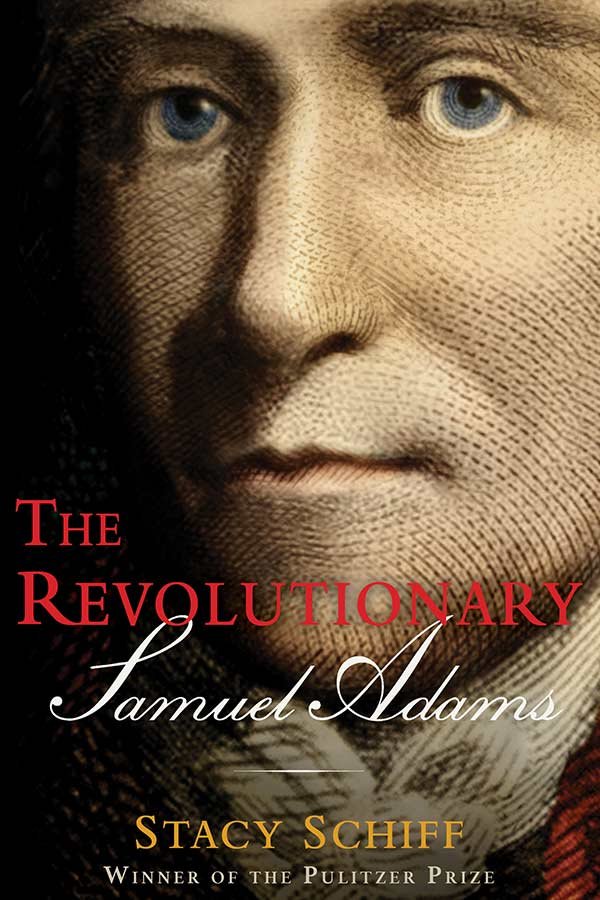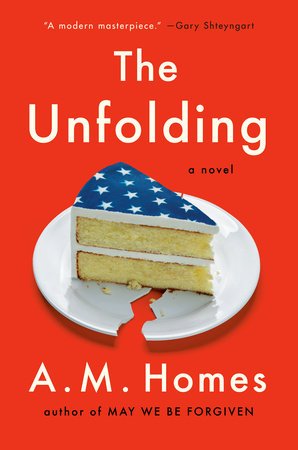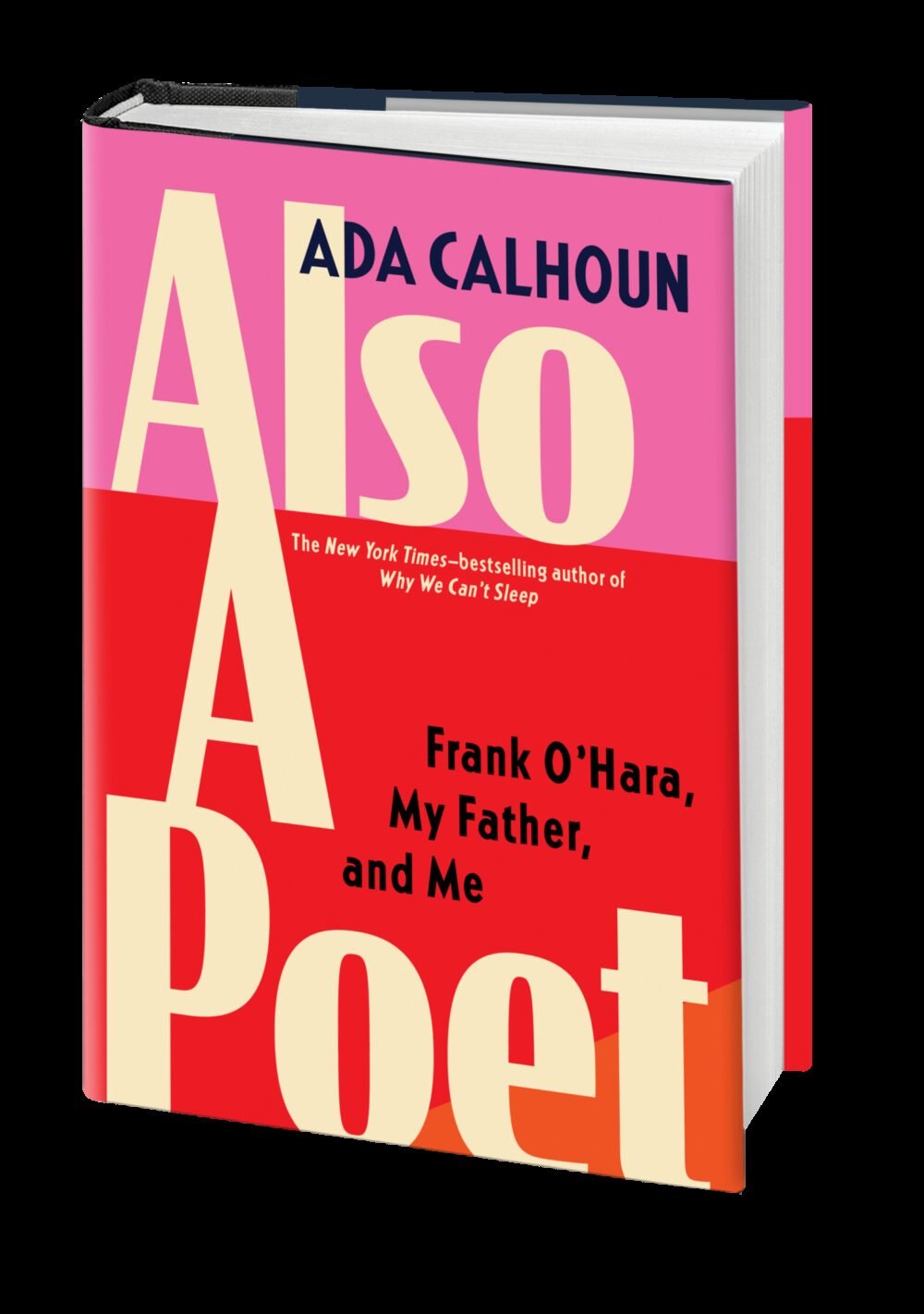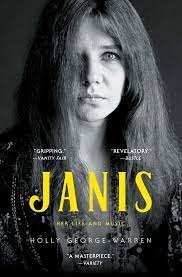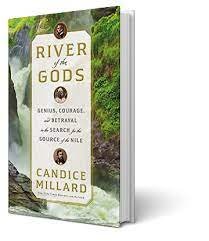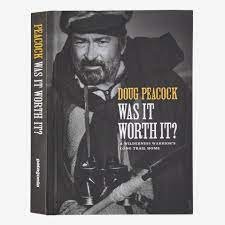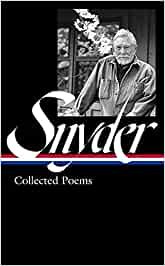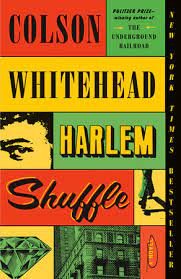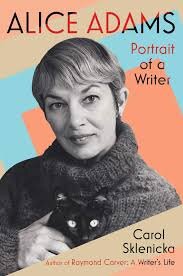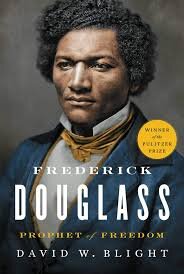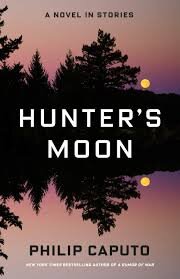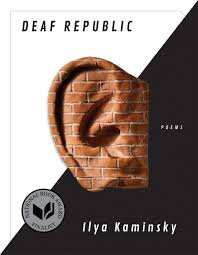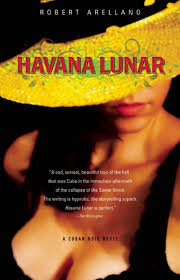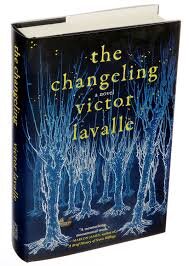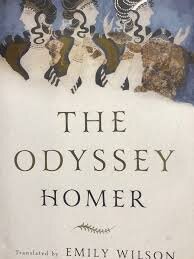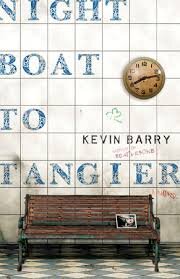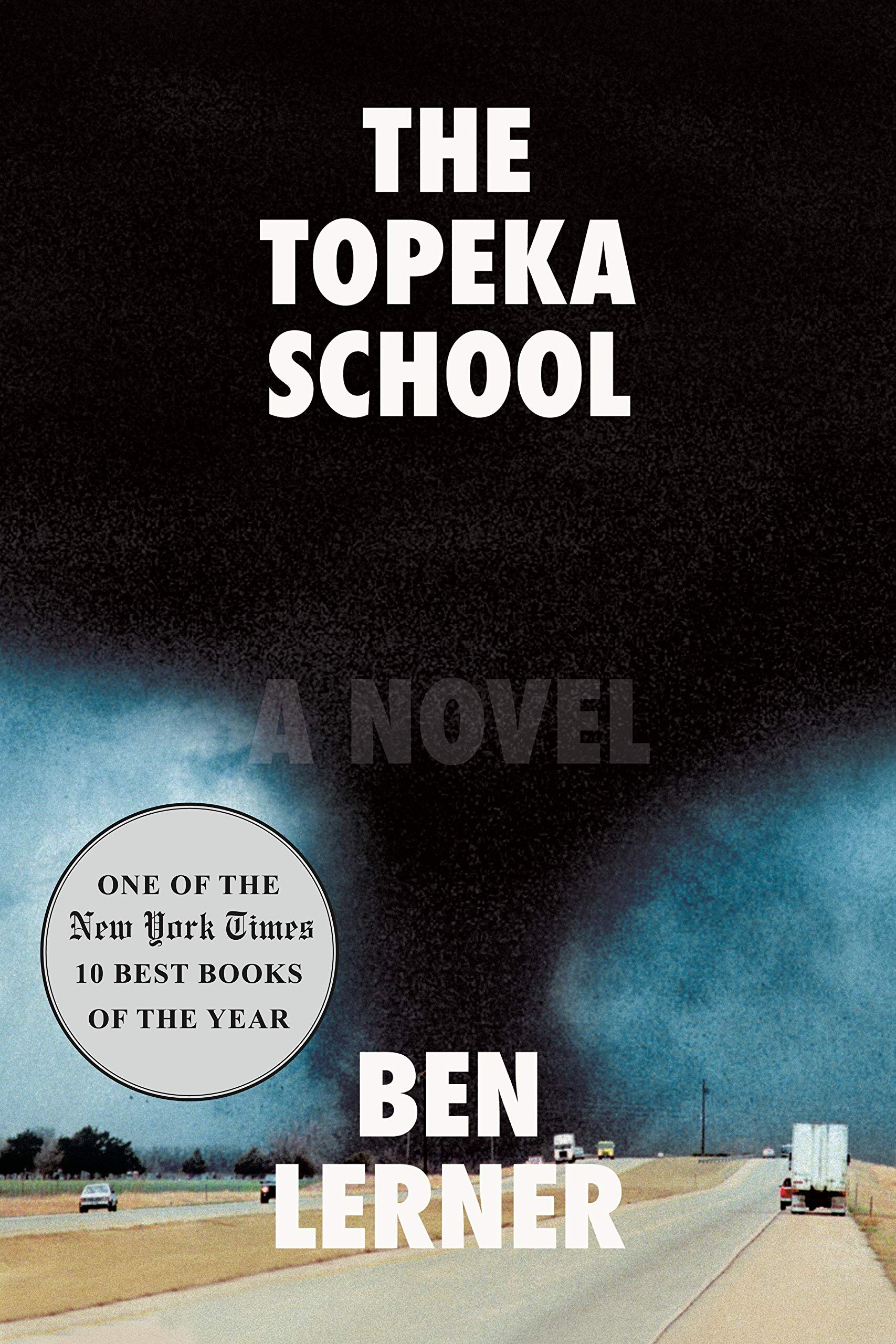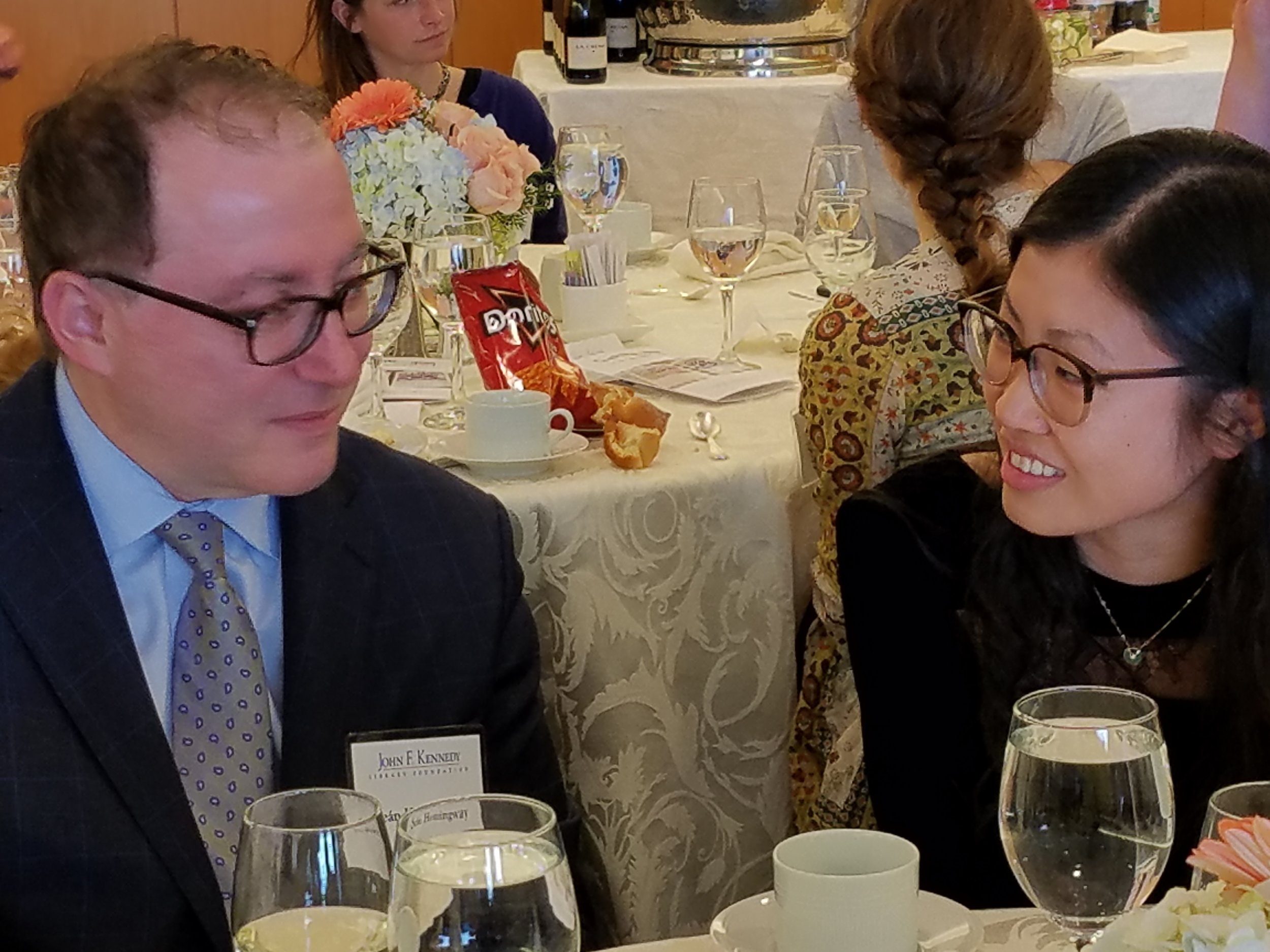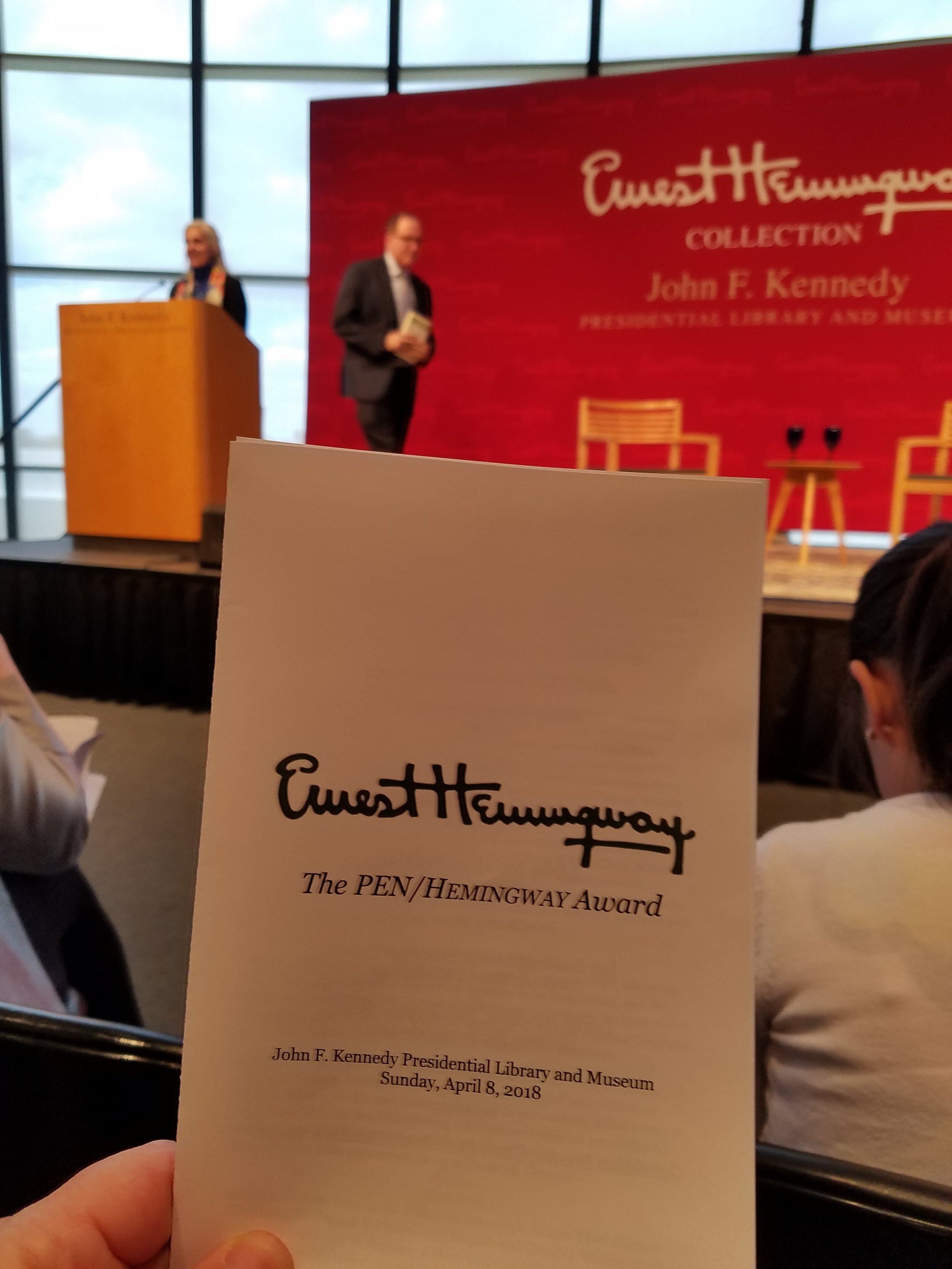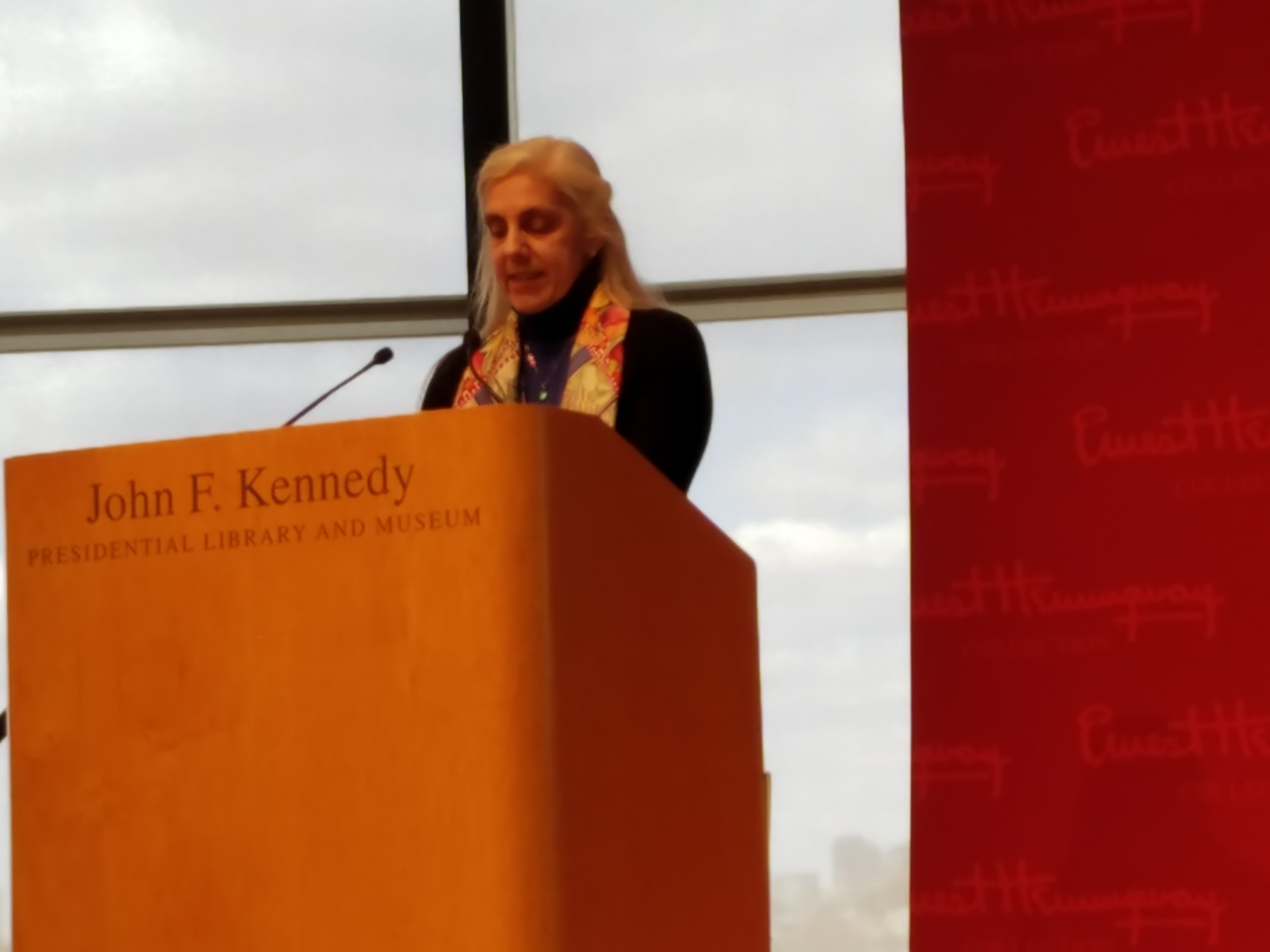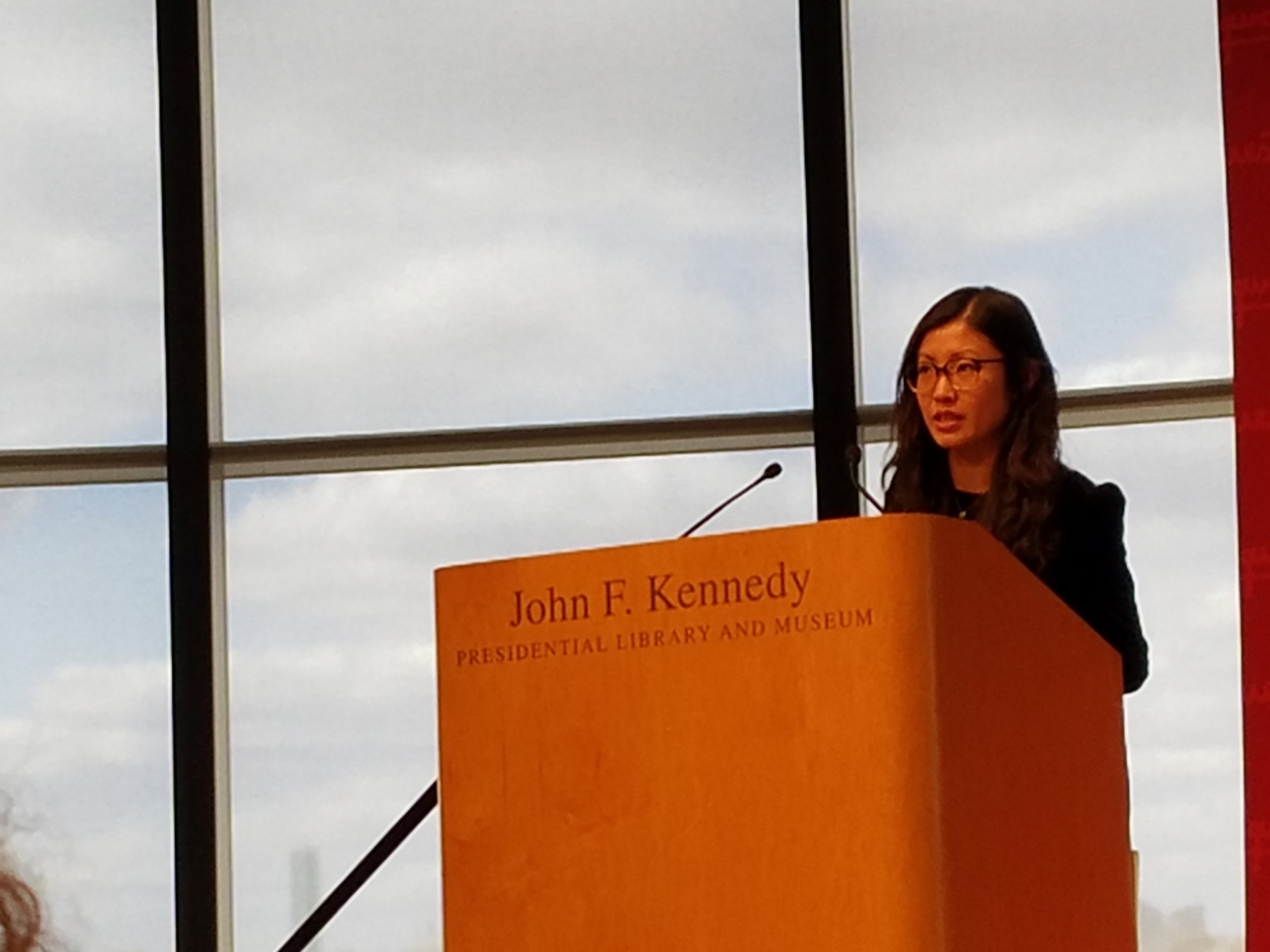Through a combination of ancient mythology, contemporary psychology, poetry and, especially, a deep reading of the "Iron John" fairy tales collected by the Grimm brothers early in the 19th century, Bly's book gave men and women an understanding of a great "father hunger," as Bly puts it, that has beset the lives of boys and men since the Industrial Revolution.
He touched many lives bound in confusion over the role of men in society. And, perhaps, he presented a moral touchstone to those set adrift in the greedy fervor of the 1980s.
Long a student of ancient storytelling, Bly helped point readers to the archetypal lessons of mythology. "Mythology," he writes in Iron John, "helps to give weight to our private wounds Without the weight given by a wound consciously realized, the man will lead a provisional life."
The book helped to bare the soul of a burgeoning "men's movement." For a decade Bly had been conducting weekend "wild man" retreats in the woods. The concept accelerated in early 1990 when Bill Moyers presented Bly and his men's work in a PBS special and hit warp-drive when Iron John appeared in November of that year, on its way to spending nearly 60 weeks on the hardcover best-seller lists.
Ever since, books about men and their grief have proliferated, including, just this month, The Rag and Bone Shop of the Heart, a collection of 300 poems "for men," which Bly co-edited (HarperCollins; $25).
Bly is gratified that his workshops, such as the one he'll conduct here Saturday, have opened up a new audience for poetry.
"Some of the complicated grief that men have is best described by poems," he says. "Poems make it more clear. Sociological language can't do it. Psychological language can't do it."
The emerging poet
Bly's journey to the upper ranks of American poetry began on the farm in western Minnesota that his great-grandparents settled after immigrating from Norway. He served two years in the Navy in World War II, and it was there, he says, that he discovered the power of the poem.
"I met the first person I knew who wrote poetry in the Navy," Bly says. "He wrote a poem in front of me. I was stunned. I'd never seen anyone write a poem. I thought the books wrote them. It went something like, `The south side of Chicago is like a running sore on a large body.'
"What did I know? To me, that was wonderful. The idea that someone could make up an image like that was amazing."
Bly then applied to Harvard University and got in. There he studied with Archibald MacLeish and joined what is now an impressive list of fellow writing students, including Donald Hall, Kenneth Koch, George Plimpton, John Hawkes and Adrienne Rich.
Bly opted against graduate school and chose instead "the old route of the person in the garret."
"So I went to New York and made my living as a file clerk one day a week, a typist one day a week and, toward the end, a house painter.
"Those were wonderful years, because in a way I escaped graduate school and I had time to read and time to brood and be depressed."
There was something wonderful about it, because here I had been at college and suddenly I was at the bottom of the whole heap and people could look at me and instantly understand that I was not very far away from being a bag man.
"In a way it took away my fear of falling. A lot of people think that if they don't do the right thing, the safe thing, they'll fall through their class."
By 1962 Bly had published his first book of poems, Silence in the Snowy Fields. He came to prominence later in the decade with his opposition to the Vietnam War and his book The Light Around the Body (1968).
In the wake of Iron John, several of his best-known poetry collections were reissued last year, including The Light Around the Body; The Man in the Black Coat Turns (1981), which explored father-son relationships; Loving a Woman in Two Worlds (1985); and Selected Poems (1986).
This year HarperCollins published a collection of Bly's prose poems, What Have I Ever Lost By Dying? That book draws together work spanning more than 20 years, largely observations of nature, family and love. Because of the straightforward, detail-packed style of the prose-poem form, the work tends to be more immediately accessible than the more surreal dreamscapes of his lyrics.
Bly says he plans another book like Iron John that will deal with several fairy tales. Before that will come a new collection of poems that he has been working on for some years. Many of the poems are about his father.
Easily misunderstood
Bly recognizes that his recent work and the movement it has fed are not universally admired.
"Women have received so much depreciation from men," he says, "that they are justifiably afraid that when men get together they are liable to do something to women."
The media is to blame, he says, for its oversimplifications and tendency to focus its images on the drum-beating extremes. Bly's metaphors of the inner wild man or soul warrior are easily
misinterpreted. ("Warrior doesn't mean you go to the gulf war," he has said elsewhere. "It means you fight inside your community for what is good.")
"Most women get the big picture out of the media," he says, "and there's a lot of false pictures of it floating around But some of the same things that are now being said about the men's movement were said about the women's movement when it began."
Typical of the criticism is April Bernard's recent assessment in The New Republic. Reviewing The Rag and Bone Shop of the Heart and another book of men's poetry, Bernard wrote: "While it would be unfair, of course, to fault men as a group for exploring their feelings, it could be argued that they have already done that, in what is loosely known as The History of Civilization."
Bernard characterizes Bly as something of a huckster and particularly disingenuous, betrayed by his language, in his "claim to embrace women, or feminism."
"For some of those young women feminists," Bly counters, "they are not writing about the book. They are attempting to establish themselves in the eyes of their women peers, and for that they've got to hit it hard."
Bly has gone beyond the men-only approach by presenting workshops for both sexes in collaboration with Marion Woodman, a Jungian analyst in Toronto. A year ago he and Deborah Tannen, the popular author of You Just Don't Understand, a book about how men and women fail to communicate, gave a joint program in New York on "Men and Women Talking Together."
Bly is adamant about the value for men and women in such soul-searching work.
"I'm not a separatist in any way," he says. "I think that many women who participated in the women's movement 20 years ago did marvelous things. They helped to bring out pain and anger that hadn't been expressed, which really is important. Women now feel that something else is needed - it's time to stop attacking men and see if we can get along.
"The people in the media seem to want more anger between men and women. They are always trying to get us to say something inflammatory. Men and women themselves want less anger and more reconciliation."






